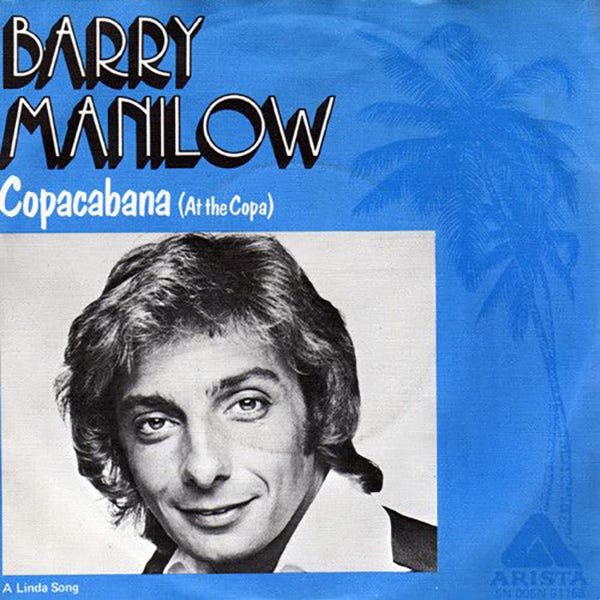🌴 From Ballads to the Copa: Barry Manilow’s Unlikely Disco Moment
The Twelve Inch 178 : Copacabana (At The Copa) (Barry Manilow)
It was the summer of 1978, and Barry Manilow was riding high in the Benelux charts with Copacabana (At The Copa). Disco was at its absolute peak, Saturday Night Fever dominated the box office, its soundtrack was flying off the shelves, and every self-respecting discotheque boasted a glowing, illuminated dancefloor. The world was hungry for disco, and that appetite fueled Copacabana’s success.
For me, the song has always belonged to the “peak disco” era. So when I started compiling my shortlist for this newsletter, it went straight on, no hesitation. Interestingly, it would turn out to be Manilow’s only hit in the Benelux. I assumed it had been a top 10 smash across all of Europe, but research told a different story: in some countries, it didn’t even chart.
In the US, Barry Manilow is a household name. He’s had three number-one hits on the Billboard Hot 100, though Copacabana wasn’t one of them, yet this is arguably his most iconic song. So what’s the story behind it? Was it truly “peak …
Keep reading with a 7-day free trial
Subscribe to The Twelve Inch to keep reading this post and get 7 days of free access to the full post archives.




